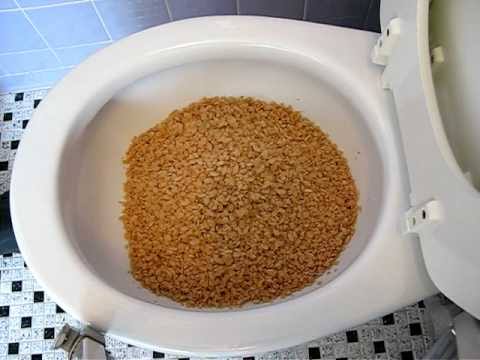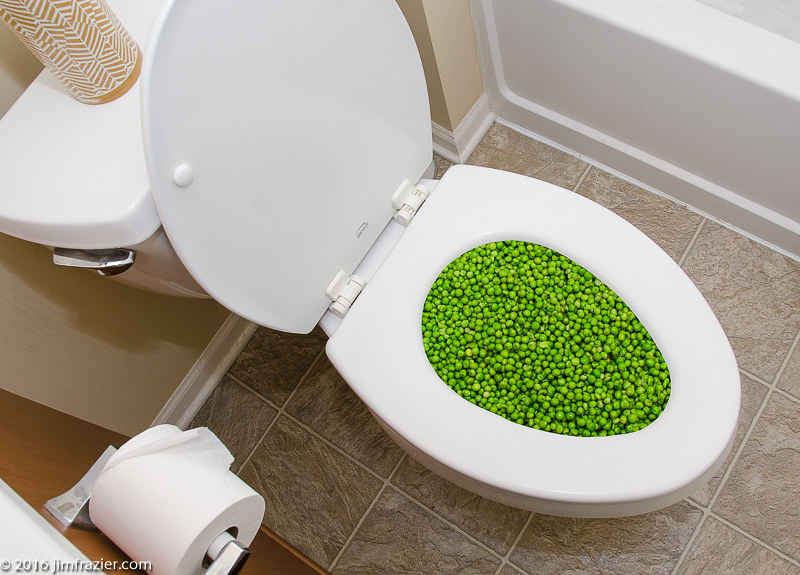Can You to Flush Food in the Toilet?
Can You to Flush Food in the Toilet?
Blog Article
How do you really feel about Think Twice Before Flushing Food Down Your Toilet?

Introduction
Many people are typically faced with the dilemma of what to do with food waste, specifically when it involves leftovers or scraps. One typical inquiry that develops is whether it's all right to flush food down the commode. In this short article, we'll delve into the reasons why individuals might take into consideration purging food, the consequences of doing so, and alternate techniques for proper disposal.
Reasons people might think about purging food
Absence of awareness
Some people might not be aware of the possible injury triggered by flushing food down the bathroom. They may incorrectly think that it's a safe method.
Ease
Flushing food down the toilet might appear like a fast and easy service to throwing away unwanted scraps, particularly when there's no close-by trash bin available.
Negligence
Sometimes, people might just select to flush food out of sheer negligence, without taking into consideration the repercussions of their activities.
Consequences of flushing food down the commode
Ecological impact
Food waste that winds up in waterways can add to air pollution and damage aquatic ecosystems. In addition, the water used to purge food can strain water sources.
Pipes problems
Flushing food can lead to clogged pipelines and drains, triggering costly pipes fixings and troubles.
Types of food that ought to not be purged
Fibrous foods
Foods with coarse textures such as celery or corn husks can obtain tangled in pipelines and cause blockages.
Starchy foods
Starchy foods like pasta and rice can take in water and swell, leading to clogs in pipelines.
Oils and fats
Greasy foods like bacon or cooking oils must never be purged down the commode as they can solidify and create obstructions.
Correct disposal methods for food waste
Utilizing a garbage disposal
For homes equipped with waste disposal unit, food scraps can be ground up and flushed via the pipes system. However, not all foods appropriate for disposal in this manner.
Recycling
Certain food packaging products can be recycled, lowering waste and reducing ecological effect.
Composting
Composting is an eco-friendly way to take care of food waste. Organic materials can be composted and used to enhance dirt for horticulture.
The significance of proper waste monitoring
Reducing ecological injury
Correct waste management practices, such as composting and recycling, help minimize pollution and maintain natural resources for future generations.
Shielding pipes systems
By staying clear of the method of flushing food down the commode, homeowners can stop costly pipes fixings and preserve the integrity of their plumbing systems.
Conclusion
In conclusion, while it may be tempting to purge food down the toilet for convenience, it is necessary to comprehend the possible repercussions of this action. By taking on appropriate waste management methods and taking care of food waste responsibly, individuals can contribute to much healthier plumbing systems and a cleaner atmosphere for all.
FLUSH FOOD DOWN THE TOILET?
FLUSHING FOOD CAN CAUSE BLOCKED DRAINS IN YOUR HOME
All of the plumbing fixtures in your home are connected to the same sewer pipe outside of your home. This outdoor sewer pipe is responsible for transporting all the wastewater from your home to the Council sewer mains. Even small pieces of food that go down the kitchen sink can cause problems for your sewer. It should therefore be obvious that flushing larger bits of food, such as meat, risks a clog in either the toilet itself or the sewer pipes. Flushing greasy food is even more problematic because oil coagulates when it cools, coating the interior lining of your pipes.
THE TOILET IS NOT A BIN
Food isn’t the only thing that people shouldn’t be flushing down the toilet. People use the toilet to dispose of all kinds of things such as tampons, makeup wipes, dental floss, kitty litter and even underwear. Water goes to great lengths to educate residents about the high costs and stress placed on wastewater treatment systems simply from people flushing the wrong stuff down the toilet. It costs taxpayers millions of dollars each year, and homeowners thousands in blocked drain repairs.
FLUSHING FOOD IS A WASTE OF WATER
Flushing food is a waste of our most precious resource - water. In June this year Level 1 water restrictions were introduced to protect water supply from drought conditions. Much of New South Wales continues to be affected by prolonged drought with recent figures revealing up to 97 per cent of the state remains in drought. Depending on whether you have a single or dual flush toilet, every single flush uses between five and 11 litres of water. In the current climate this is a huge amount of water to be wasting on flushing food that should be placed in the bin (or better yet, the compost).
https://www.jabplumbingsolutions.com.au/blog/can-you-flush-food-down-the-toilet

Do you enjoy reading about What Can Happen If You Flush Food Down the Toilet?? Post a short review directly below. We'd be pleased to listen to your thinking about this blog post. Hoping to see you back again in the future. Are you aware of someone else who is fascinated about the topic? Do not hesitate to share it. Thank you for being here. Revisit us soon.
Book-Now Report this page